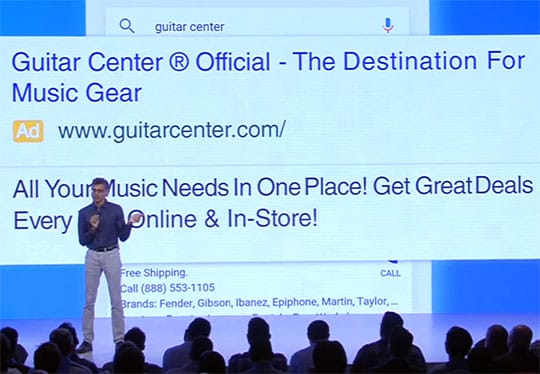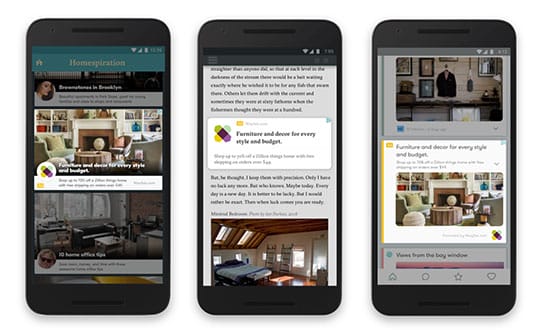In order to help consumers and marketers succeed in a world that is highly dependent on mobile technology, Google has made some innovations in its AdWords platform.
The big reveal was made at the Google Performance Summit in May where they introduced new innovations for advertisements that are more suited to a mobile-first world. The upgrades are available for advertisers and aim at providing them –
- More control over how their ads appear on different mobile screens
- Bid adjustments for mobile ads
- Ability to create responsive ads on AdWords
Let’s see how these new innovations might help advertisers provide mobile users with richer ad experiences.
Text Ads are now expanded
As of July, PPC marketers can now run expanded text ads. Ads would now enjoy more text space on Google search engine and hence will give advertisers the incentive to display more information about their services or products.
How do these upgrades facilitate Google’s mobile-first strategy? Since ads are expanded to incorporate more text, users can know more about your business at a glance. Here are the new updates according to Google:
- Two Headline Fields – The ad headline can now feature two 30 character headlines
- An Expanded Description Field – The ad description can now be 80 characters long.
- Relevant URL displays – The domain will now be extracted from the final URL which the advertisers provide to ensure accuracy. Earlier, advertisers had to manually enter the display URL, and any mismatch of this with the landing page would have caused the ad to be disapproved.

Device Specific Bidding Will Now Be Possible
Ability to set device bid adjustment is another rollout by Google that we are excited about. As part of its mobile-first strategy, AdWords will make it possible for users to set individual bid adjustments for specific devices.
Sometimes, an action on the mobile device may be of more worth to you. Device based bid adjustments allow advertisers to control how frequently their ads are displayed on search engines. This comes as a relief for advertisers who could only adjust bids for mobile phone users and nothing else when Google launched its Enhanced Campaigns back in 2013.
The new changes will allow advertisers to adjust bids for devices that matter the most, in a single campaign. Say you have set a bid adjustment of +30% for mobile devices. This means if your max CPC is $1 and you want your ads to show more on mobile, a +30% would make the final bid to $1.30.
Responsive Ads

Another innovation in Google’s goal to provide users a richer experience in a mobile-first world is responsive display ads. According to Google’s VP of Advertising and Commerce Sridhar Ramaswamy, display ads must also fit seamlessly within websites and apps that consumers visit. These can be ads on news websites viewed on a tablet or a gaming app on a smartphone.
There are over 2 million applications and websites on Google’s Display Network (GDN) and advertisers can promote themselves anywhere on them.
Google now has made it easier for advertisers to increase their reach by creating responsive ads that fit in easily on a web page or app. When creating a responsive ad campaign on Google AdWords, advertisers need to provide a:
- Short headline of 25 characters for ad spaces that are tight
- Long headline of up to 90 characters
- Description of up to 90 characters
- An image for the ad
- The final URL
Also, advertisers can now run their ads with their own images or logos whereas Google previously used to pull an image from their Google+ account or website.
Wrapping up

Google plans to complete the rollout later this year, but judging from these latest updates we can assume it won’t be long before all marketers start providing audiences with richer advertising experiences on smaller screens.
Are you excited with the new Google rollout? These social media campaigns from 2016 will give you something more to be excited about.
This article is written by Clark Davidson. He is an IT professional at Cygnis Media, an US based application development organization. He likes to share his experience by writing and publishing articles on different channels.





